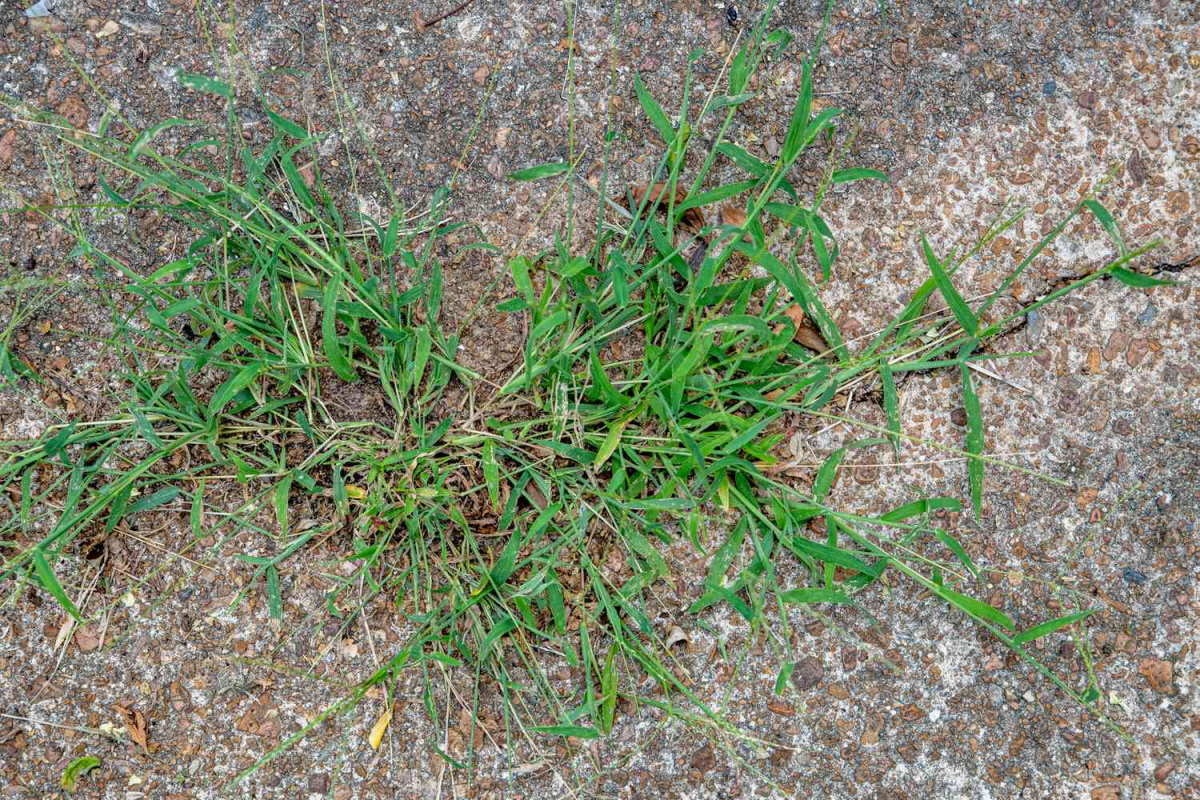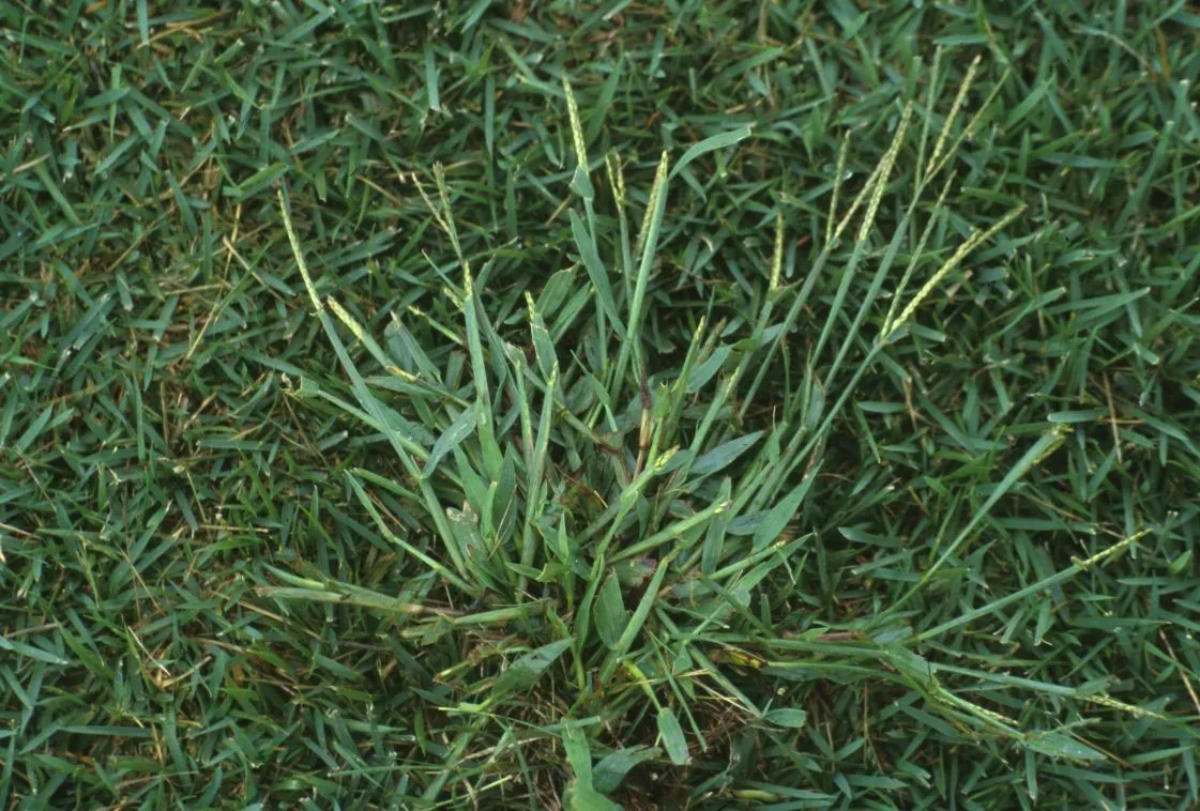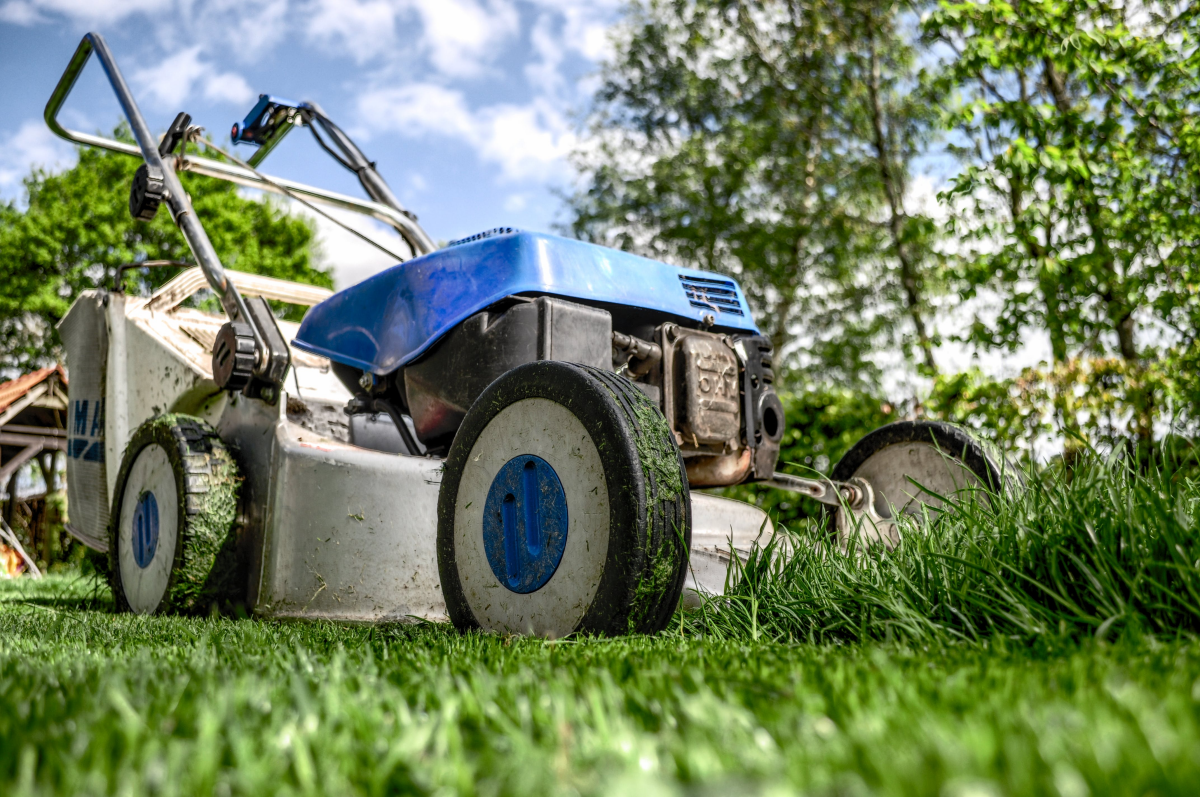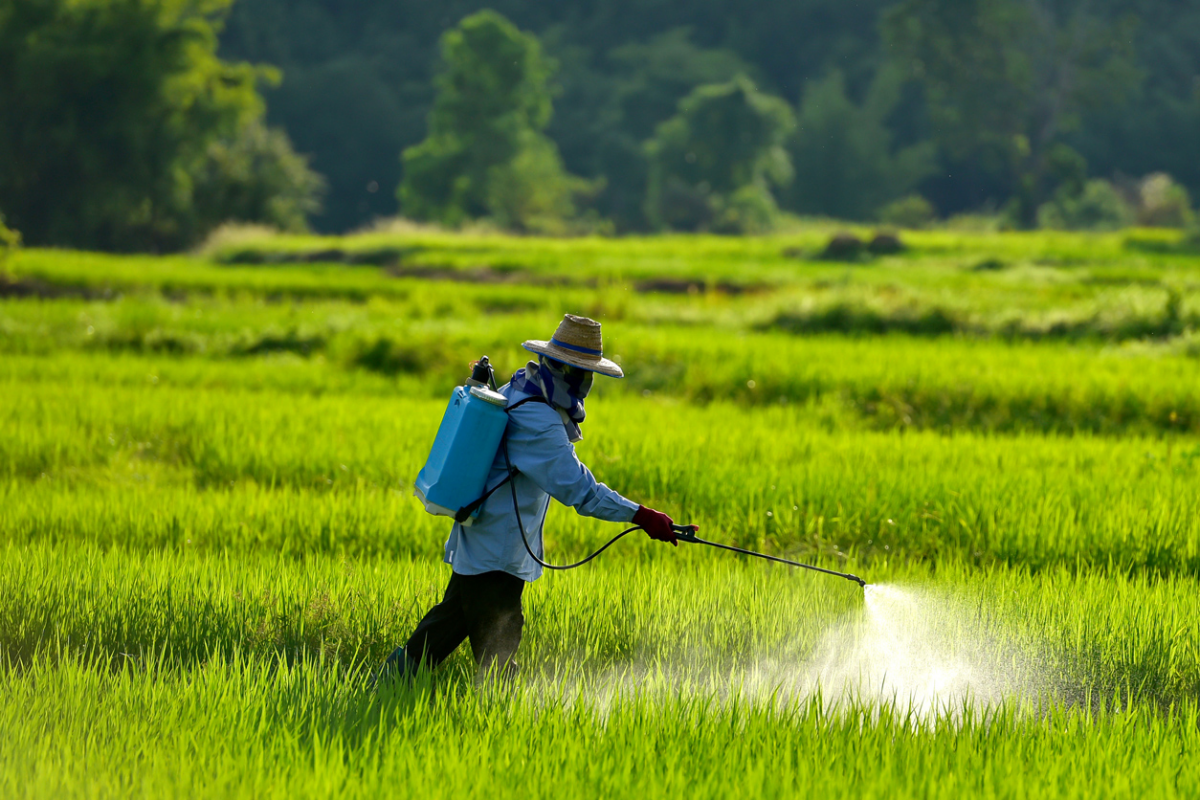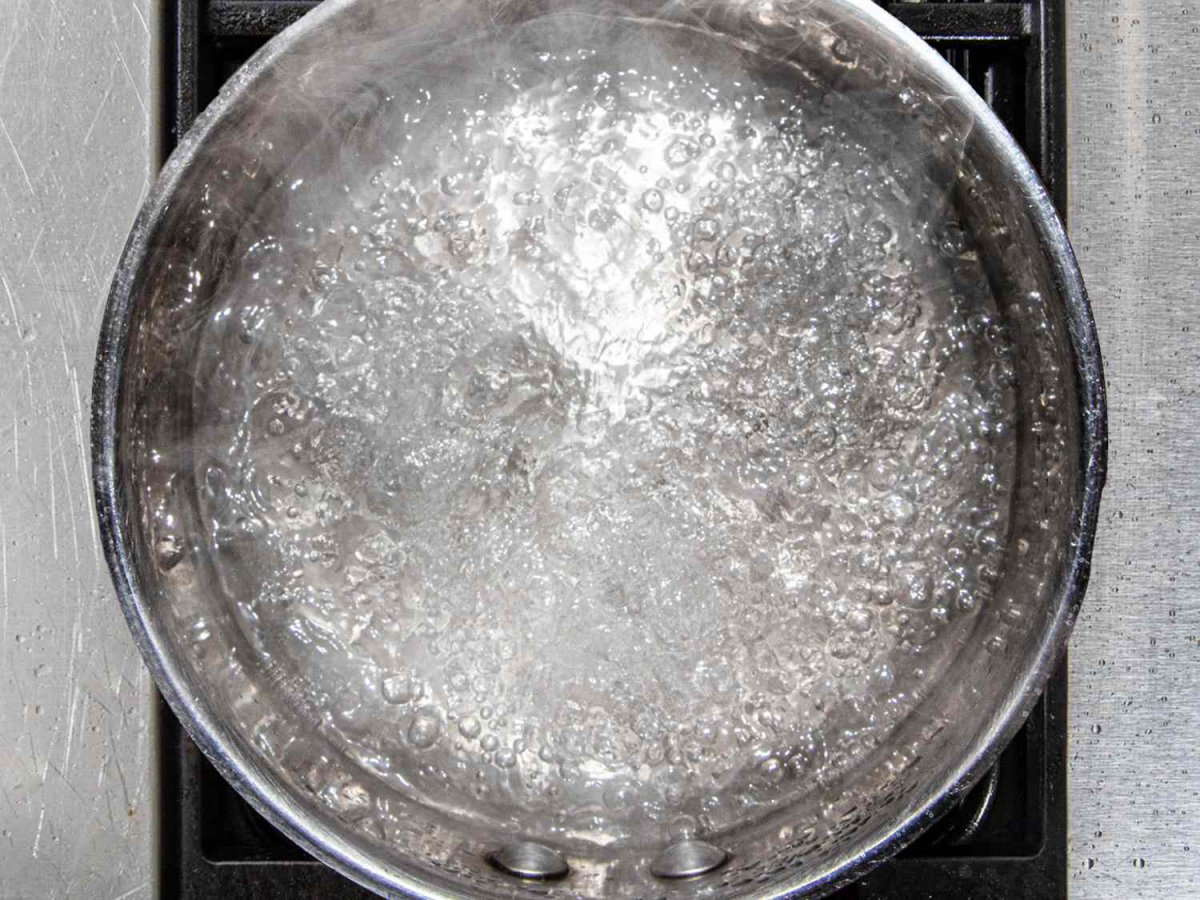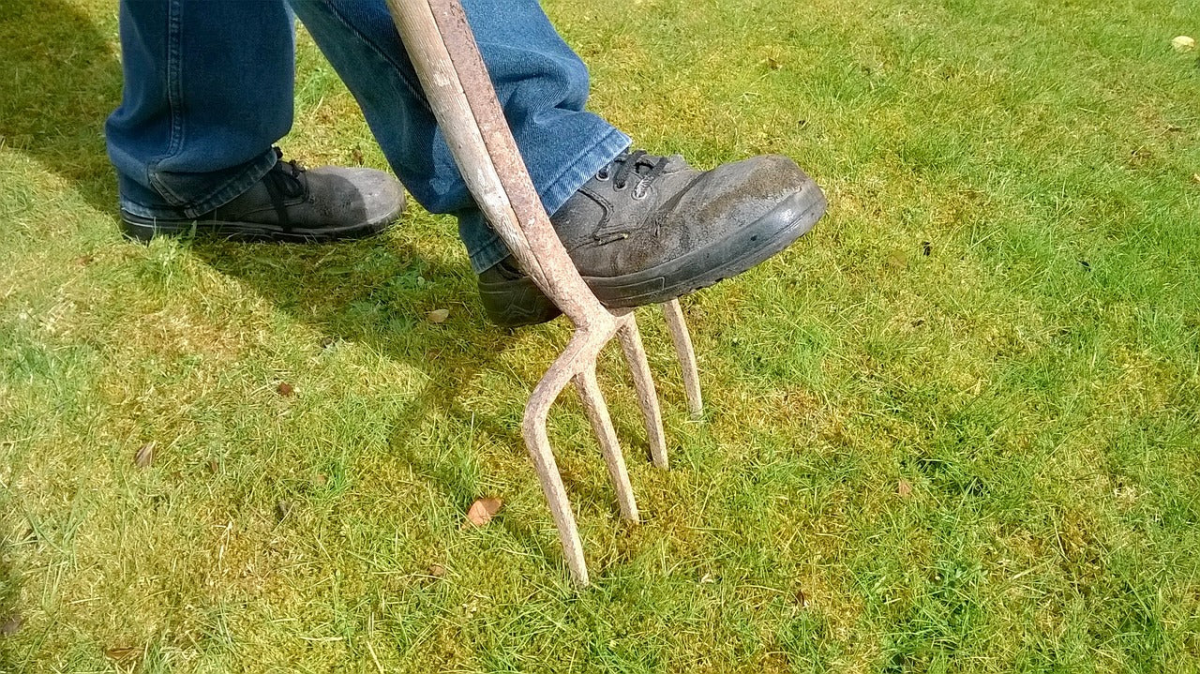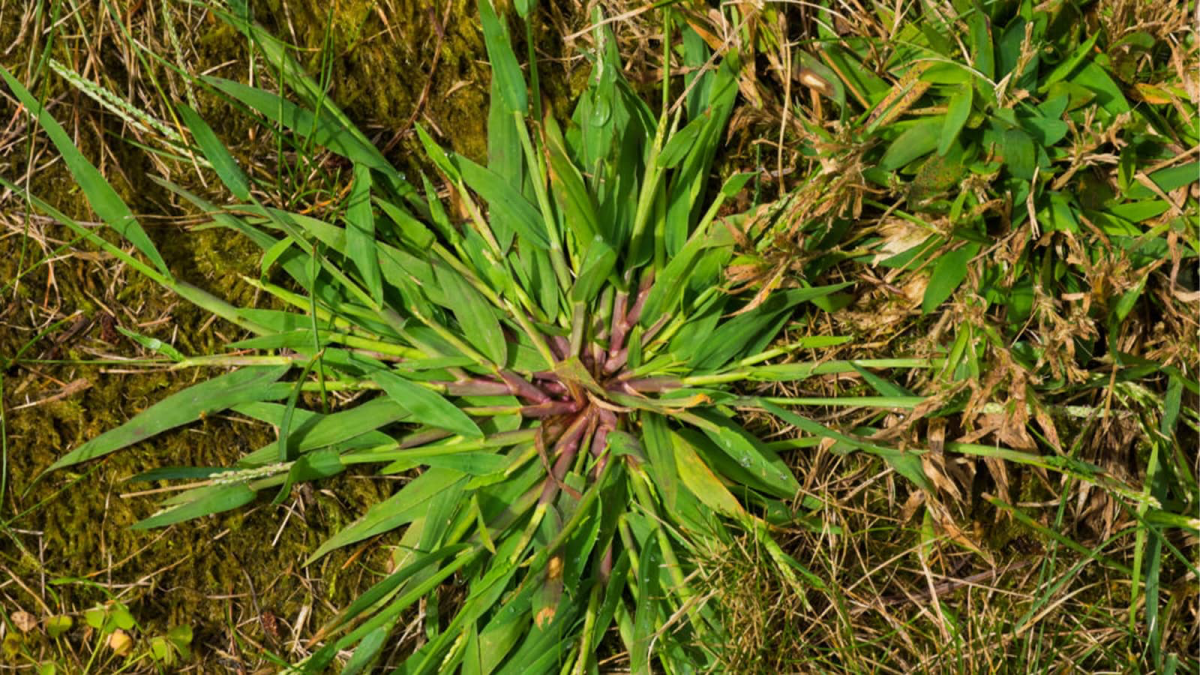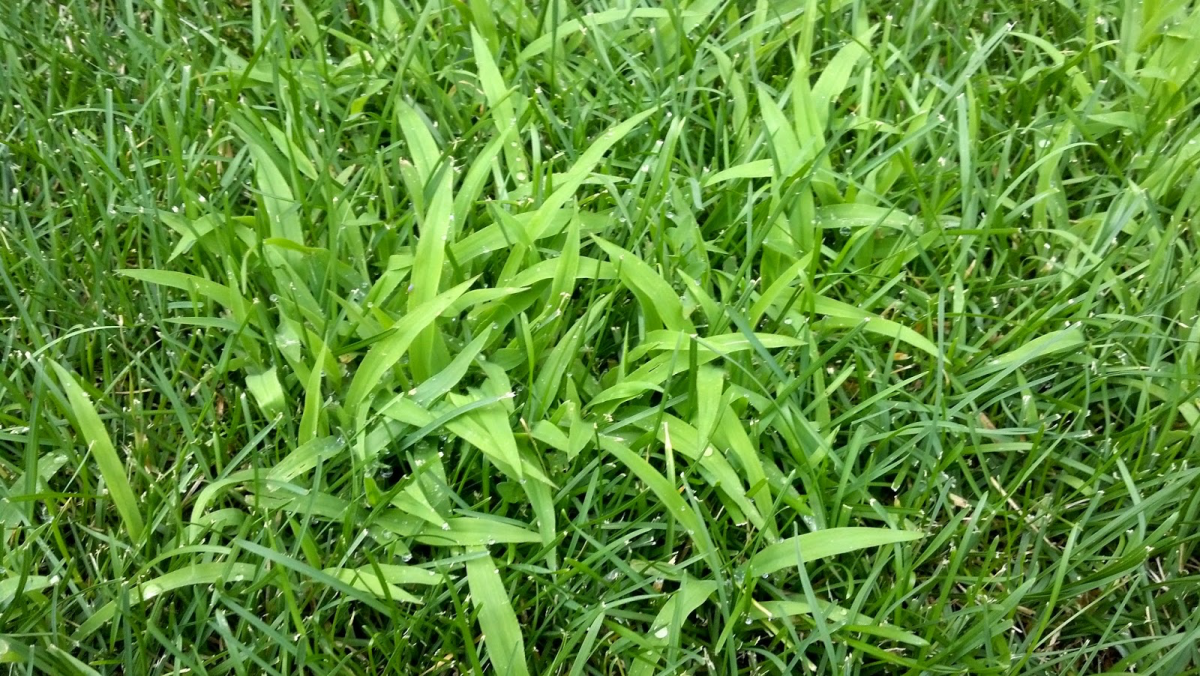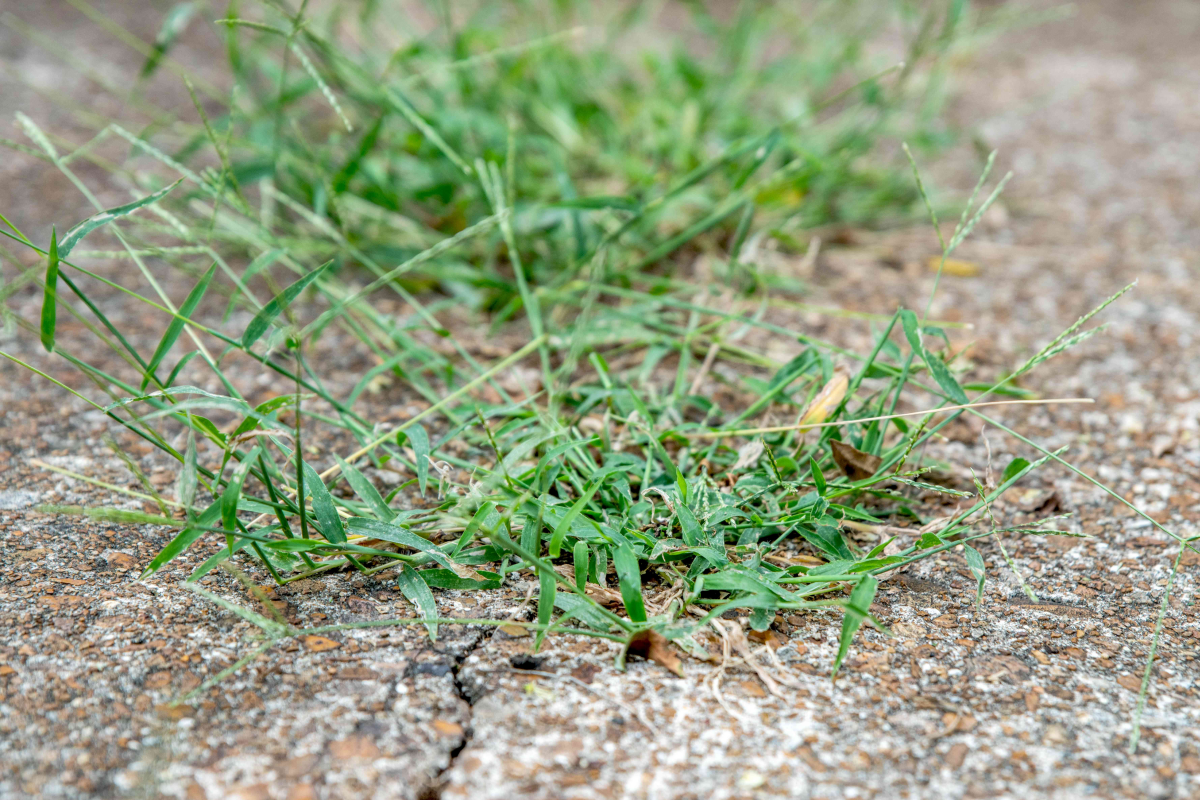Crabgrass Conundrums: Here Is How To Beat This Pesky Weed
Embark on a transformative journey towards achieving the lush, green lawn of your dreams, a place where the nuisance of crabgrass is nothing but a distant memory. This adventure to a healthier lawn is rooted in a deep understanding and implementation of effective strategies aimed at keeping crabgrass at bay. The battle against this pervasive weed is crucial, extending beyond mere aesthetics to the very health and vibrancy of your lawn. Mastering the art of combating this unwelcome intruder is key to maintaining an outdoor space that’s not only visually appealing but also thriving and resilient. Embrace the insights and methods shared in this journey, as they are instrumental in nurturing a lawn that’s both beautiful and robust, free from the clutches of crabgrass.
Combating this unwelcome intruder is key to maintaining a beautiful outdoor space
In this article
What Is Crabgrass?
Crabgrass, often the bane of lawn enthusiasts, is a common weed identifiable by its characteristic flat and sprawling growth pattern, along with a noticeably coarse texture. Recognizing this invasive plant is crucial in your lawn care arsenal, as early detection is pivotal in effective control. Understanding the growth cycle of crabgrass is equally important. This hardy weed thrives in warm conditions and is notorious for its prolific seed production, capable of scattering thousands of seeds throughout its lifetime. Gaining a comprehensive understanding of how crabgrass grows and propagates is essential, as it lays the groundwork for implementing timely and effective control measures. Knowing your enemy – in this case, crabgrass – is the first critical step towards maintaining a lawn that’s not only aesthetically pleasing but also healthy and flourishing.
Recognizing this invasive plant is crucial in your lawn care arsenal
How To Get Rid of Crabgrass
Tackling the pervasive issue of crabgrass in your lawn is not just about enhancing its aesthetic appeal. It’s a crucial step in ensuring the health and vitality of your outdoor space. Crabgrass, an aggressive weed, can quickly overrun a lawn, robbing your grass of essential nutrients, water, and space. Its rapid growth and resilience make it a formidable enemy to your lawn’s well-being. Left unchecked, crabgrass can create unsightly patches that detract from your lawn’s beauty and can even affect the soil’s quality. Understanding how to effectively eliminate crabgrass is key to maintaining a lush, thriving lawn. Our comprehensive guide delves into not only the ‘how’ but also the ‘why’ of crabgrass removal. We’ll explore the reasons crabgrass can be detrimental to your lawn and provide you with effective strategies and tips to rid your lawn of this unwelcome intruder, ensuring your grass remains healthy, robust, and visually appealing.
Understanding how to effectively eliminate crabgrass is key to maintaining a lush lawn
Mowing technique
Effective crabgrass control often begins with mastering the right mowing techniques. Mowing your lawn at the proper height is not just about keeping it looking neat. It plays a crucial role in weed prevention. Keeping the grass at an optimal height helps to shade the soil, reducing the chances of crabgrass seeds germinating. A consistently mowed lawn also encourages the growth of thick, healthy grass, which naturally inhibits weed development. Another key aspect of lawn maintenance in the fight against crabgrass is intelligent watering practices. Overwatering can create ideal conditions for weeds like crabgrass to thrive. Understanding the right amount and frequency of watering can keep your lawn sufficiently hydrated without encouraging unwanted weed growth. Regular and strategic fertilization is another vital component of maintaining a healthy lawn. A well-fertilized lawn can outcompete crabgrass by promoting the growth of desirable grasses.
Overwatering can create ideal conditions for weeds like crabgrass to thrive
Chemical control
Effectively managing crabgrass often calls for a strategic use of herbicides, and a clear understanding of the different types available is crucial. Pre-emergent herbicides are a preventative measure, designed to stop crabgrass seeds from germinating. They work best when applied in early spring, before the crabgrass has a chance to sprout. Timing is everything with pre-emergents – too early, and they may not last through the germination period. Too late, and they become ineffective. In contrast, post-emergent herbicides are meant for targeting crabgrass that has already appeared. These are most effective when applied while the crabgrass is young and actively growing. It’s important to follow the specific instructions for each herbicide type, as overuse or incorrect application can harm your lawn as well as the environment. Safety in handling these chemicals is paramount. Always wear protective gear and follow the manufacturer’s guidelines.
Timing is everything with pre-emergents
Organic solutions
In an era where environmental impact is a growing concern, many homeowners are turning to organic and natural methods for controlling crabgrass. These methods offer an eco-friendly alternative to chemical herbicides and are safe for use around pets, children, and wildlife. One popular organic approach is the use of vinegar, a natural acid, which can effectively kill young crabgrass plants. It’s important to apply vinegar carefully, as it can also harm desirable plants. Another option is boiling water, which can be poured directly onto the crabgrass to scald and kill it. This method is best for spot treatment and requires caution to avoid burns. Corn gluten meal is another natural pre-emergent herbicide, which inhibits the germination of crabgrass seeds. While not immediately effective, over time, it can significantly reduce crabgrass emergence.
These methods offer an eco-friendly alternative to chemical herbicides
Aerate and overseed
Lawn aeration is a key practice in achieving a healthy, crabgrass-free lawn. This process, which should be carried out during the lawn’s growing season, involves perforating the soil with small holes to allow air, water, and nutrients to penetrate down to the grass roots. Aeration helps to alleviate soil compaction, enabling the root system to grow more deeply and creating a stronger, more vigorous lawn. This, in turn, makes it less hospitable for crabgrass, which tends to thrive in compacted soil conditions. Overseeding is the process of sowing new grass seed over your existing turf. When done in conjunction with aeration, overseeding can be particularly effective. The aeration holes provide ideal spots for the new grass seeds to lodge and germinate, leading to a denser grass cover.
Lawn aeration is a key practice in achieving a healthy, crabgrass-free lawn
Avoid common mistakes
Effective management of crabgrass requires consistent and informed efforts. One of the most common errors in crabgrass control is the misapplication of herbicides. Applying pre-emergent herbicides too late in the season allows crabgrass seeds to germinate, reducing the herbicide’s effectiveness. Similarly, applying insufficient amounts may not provide adequate coverage to prevent growth. Another critical mistake is neglecting the overall health of the lawn. A poorly maintained lawn with weak grass is an inviting environment for crabgrass. Inadequate watering practices, either too much or too little, and incorrect mowing techniques, like cutting grass too short, can weaken your lawn and make it more susceptible to crabgrass. If crabgrass has already overrun your lawn, start by modifying your lawn care routine. Adjust your watering habits, mow at an appropriate height, and improve soil health. In severe cases, you might need to resort to more aggressive methods like targeted herbicide applications.
Another critical mistake is neglecting the overall health of the lawm
Advanced techniques
Exploring advanced lawn care techniques can elevate your approach to maintaining a crabgrass-free lawn. One such method is soil solarization, performed during the summer. This technique involves covering the soil with clear plastic to increase soil temperature, effectively killing crabgrass seeds. It is particularly useful in small areas or garden beds with heavy infestations. Corn gluten meal, a natural byproduct of corn milling, serves as an organic pre-emergent herbicide, preventing crabgrass seeds from establishing roots. Tailoring the pH level of your soil to suit the needs of your lawn grass can also discourage crabgrass growth. Most lawn grasses prefer slightly acidic to neutral pH, whereas crabgrass thrives in more alkaline conditions. Adjusting soil pH with additives like sulfur or lime can create an unfavorable environment for crabgrass. For persistent or extensive crabgrass issues, seeking professional assistance can be invaluable.
Tailoring the pH level of your soil to suit the needs of your lawn grass can also discourage crabgrass growth
How To Prevent Crabgrass
A proactive stance is your best line of defense in the battle against crabgrass. Understanding and employing preventive measures can significantly reduce the likelihood of crabgrass taking root in your lawn, ultimately saving you time and effort in the long run. Such measures include selecting the appropriate type of grass for your lawn. Certain grass varieties possess natural resistances to crabgrass invasion, giving you a biological advantage in maintaining your lawn’s health and appearance. Another crucial factor in preventing crabgrass is the health of your soil. Optimal soil health, characterized by the right balance of nutrients and proper aeration, creates an environment that is less hospitable to weeds like crabgrass. By focusing on building and maintaining healthy soil, you’re laying a strong foundation for a lush, vibrant lawn that naturally resists the encroachment of crabgrass and other unwelcome weeds.
Certain grass varieties possess natural resistance to crabgrass invasion
As you stand back and admire your lush, healthy lawn, take a moment to revel in the success of your hard work and dedication. The journey to achieving and maintaining a crabgrass-free lawn is often filled with challenges, but the rewards are evident in the verdant, inviting outdoor space you’ve created. This article has armed you with the essential knowledge and techniques to tackle crabgrass effectively, ensuring the health and beauty of your lawn. Lawn care, much like any aspect of gardening, is an evolving process that demands adaptability, patience, and a willingness to learn.
The journey to achieving and maintaining a crabgrass-free lawn is achievable
